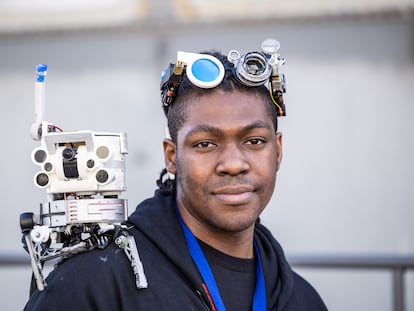Video | The turtle-like robot that could help protect the environment
Nicknamed the Amphibious Robotic Turtle, the device is able to navigate between land and aquatic terrain and may be able to advance sectors such as bio-monitoring
Turtles’ ability to adapt to different terrains has inspired scientists at Yale University to create a robot that can navigate between terrestrial and aquatic environments. Nicknamed the Amphibious Robotic Turtle, or ART, the device is designed to adapt its gait and the shape of its limbs as required, according to a study published in Nature magazine. Over land, the robot has a load-bearing conformation mimicking that of a land tortoise. In water, the legs turn into flippers like those of sea turtles.
The limbs are made of material that can change its rigidity and become a flat surface. The turtle inspiration has also helped with research into how machines work in different environments. While robots inspired by insects or other animals work in a specific terrain, this new technology is capable of adapting to both aquatic and land environments. Just like in real life, the Amphibious Robotic Turtle can dive, swim on the surface of the water, move across different types of land, go from land to water and vice versa.
Rebecca Kramer-Bottiglio, a professor at the Yale University Institute of Engineering, says the robot has far-reaching implications: “The introduction of amphibious robots capable of navigating aquatic and terrestrial environments promises to advance diverse sectors such as bio-monitoring, disaster response and security, as well as providing a means for studying animal locomotion.”
More information
Most viewed
- Alain Aspect, Nobel laureate in physics: ‘Einstein was so smart that he would have had to recognize quantum entanglement’
- Mexico’s missing people crisis casts a shadow over World Cup venue
- Why oil has been at the center of Venezuela-US conflicts for decades
- Alvin Hellerstein, a 92-year-old judge appointed by Bill Clinton, to preside over Maduro’s trial in New York
- Cuba confirms death of 32 of its citizens in the US attack against Venezuela


